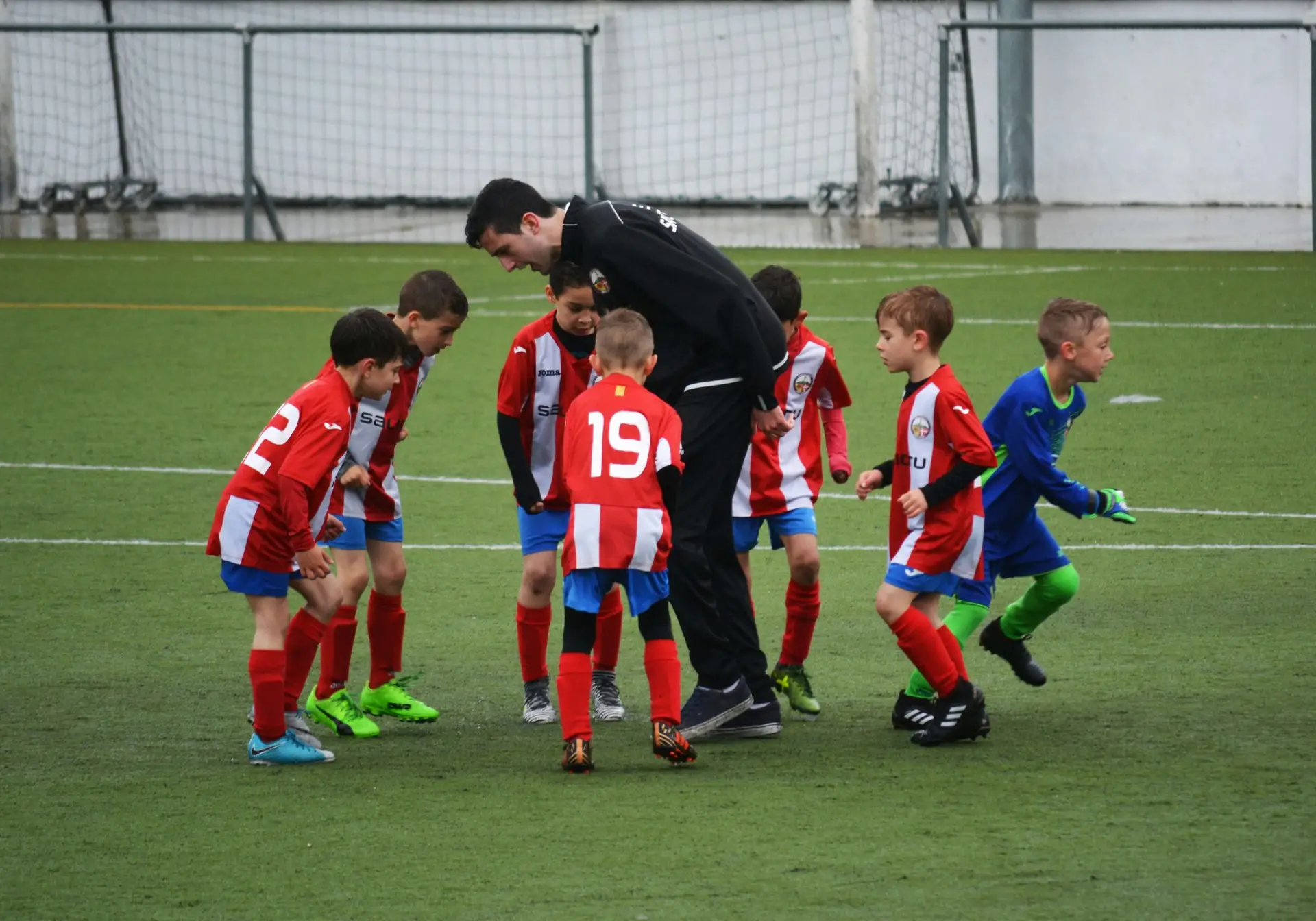Soccer isn’t just a game. It’s a gateway to a world of physical activity, teamwork, and mental agility for kids. Parents, soccer coaches, and sports enthusiasts are all keenly aware of the benefits this sport brings to the table. Whether it’s building coordination, fostering friendships, or teaching valuable life skills, soccer has something for everyone. In this blog post, we’ll explore an array of soccer games for kids, discuss the rules and equipment needed, and offer tips on making these activities safe and enjoyable. By the end of this article, you’ll be well-equipped to introduce young ones to the beautiful game in a fun and engaging way.
Why Soccer is Great for Kids
Physical Benefits
Soccer is a fantastic way for kids to stay active. Running, kicking, and jumping all contribute to cardiovascular health and muscle development. According to the American Academy of Pediatrics, children should engage in at least an hour of physical activity each day. Soccer easily meets and exceeds this requirement, ensuring kids are not only fit but also healthy.
Mental Benefits
Beyond the physical perks, soccer also offers substantial mental benefits. It improves focus, enhances decision-making skills, and builds resilience. The game requires quick thinking and adaptability, which helps kids become better problem-solvers. Additionally, the camaraderie and competitive spirit of soccer can significantly boost self-esteem and reduce anxiety.
Social Benefits
Soccer is inherently a team sport, making it ideal for social development. Kids learn how to communicate effectively, cooperate with others, and resolve conflicts. These skills are invaluable and easily transferable to other areas of life. Friendships forged on the soccer field often last a lifetime, providing emotional support and a sense of community.
Traditional Soccer Matches
Basic Rules
In traditional soccer, two teams compete to score goals by getting the ball into the opposing team’s net. Each team typically consists of 11 players, including a goalkeeper. The game is divided into two halves, usually 45 minutes each, with a short halftime break.
Equipment
Essential equipment includes a soccer ball, goals, shin guards, and appropriate footwear. For kids, smaller-sized balls and goals are recommended to make the game more manageable and fun.
Field Size
While official soccer fields are quite large, smaller fields can be used for kids. A typical youth soccer field might measure about 70 yards long and 50 yards wide, allowing for more action and less running for younger players.
Skill-Building Drills
Dribbling Drills
Dribbling is a fundamental skill in soccer, and drills can make it fun. Set up cones in a zigzag pattern and have the kids weave through them, using only their feet to guide the ball. This improves control and footwork.
Passing Drills
Passing drills teach kids how to move the ball effectively between teammates. Pair the kids up and have them pass the ball back and forth. Gradually increase the distance to improve accuracy and power.
Shooting Drills
Shooting drills focus on accuracy and strength. Set up several cones as targets within the goal and have the kids aim for them. This helps them learn how to place their shots and score goals.
Fun Variations of Soccer
Relay Races
Combine the excitement of relay races with soccer skills. Divide kids into teams and have them dribble the ball through a set of obstacles before passing it to the next teammate. The first team to complete the course wins.
Freeze Tag Soccer
In this variation, one or two players are designated as “taggers.” When a player is tagged, they must freeze in place. Teammates can unfreeze them by passing the ball through their legs. This game adds an element of strategy and fun.
Capture the Flag Soccer
This game blends soccer with the classic capture the flag. Each team has a flag situated near their goal. The objective is to steal the opposing team’s flag while defending your own, all while playing soccer. It’s a great way to build strategy and teamwork.
The Importance of Coaching and Parental Involvement
Role of Coaches
Coaches are crucial in helping kids develop their soccer skills and a love for the game. They provide guidance, structure, and encouragement. Effective coaching can make the difference between a child enjoying soccer and losing interest.
Parental Support
Parents play an equally important role. By attending games, cheering from the sidelines, and practicing with their kids at home, parents can foster a positive attitude towards the sport. It’s essential for parents to be supportive and encouraging rather than overly critical.
Creating a Positive Environment
Both coaches and parents should work together to create a positive, inclusive environment. This involves emphasizing effort over results, encouraging teamwork, and celebrating every child’s progress, no matter how small.
Tips for Organizing Soccer Games
Safety Guidelines
Safety should always be a priority. Ensure kids wear the appropriate gear, including shin guards and proper footwear. Regularly inspect the field for hazards and enforce rules that minimize the risk of injury.
Making it Fun
The ultimate goal is to make soccer enjoyable for kids. Incorporate a variety of games and drills to keep things interesting. Celebrate successes and maintain a positive atmosphere to encourage continued participation.
Managing Logistics
Organizing soccer games can be challenging, but a little planning goes a long way. Schedule regular practice times, communicate clearly with parents, and ensure you have all the necessary equipment. Keeping things organized will make the process smoother for everyone involved.
Testimonials and Success Stories
Parents’ Perspectives
Many parents have seen significant positive changes in their kids after joining soccer. Jane, a mother of two, says, “Ever since my kids started playing soccer, they’ve become more confident and active. It’s wonderful to see them so engaged.”
Coaches’ Insights
Coach Mike notes, “I’ve been coaching youth soccer for over a decade, and the transformation I see in kids is incredible. They learn so much about teamwork, discipline, and perseverance.”
Kids’ Experiences
Eight-year-old Sam shares, “I love playing soccer because it’s fun and I get to make new friends. Scoring a goal feels amazing!”
Conclusion
Soccer offers numerous benefits for kids, from physical fitness to mental resilience and social skills. By incorporating various soccer games and drills, you can keep the experience enjoyable and engaging. Remember, the key to a successful soccer experience is a supportive environment created by both coaches and parents.
At Troomi Wireless, we understand the importance of keeping your kids safe, both on and off the field. Our smartphones for kids allow parents to monitor texts and control app access, ensuring peace of mind. Learn more about how Troomi can help you keep your young soccer star safe and focused on the game. Share your own experiences and join the discussion on the benefits of soccer for kids.Interested in learning more? Click here.


